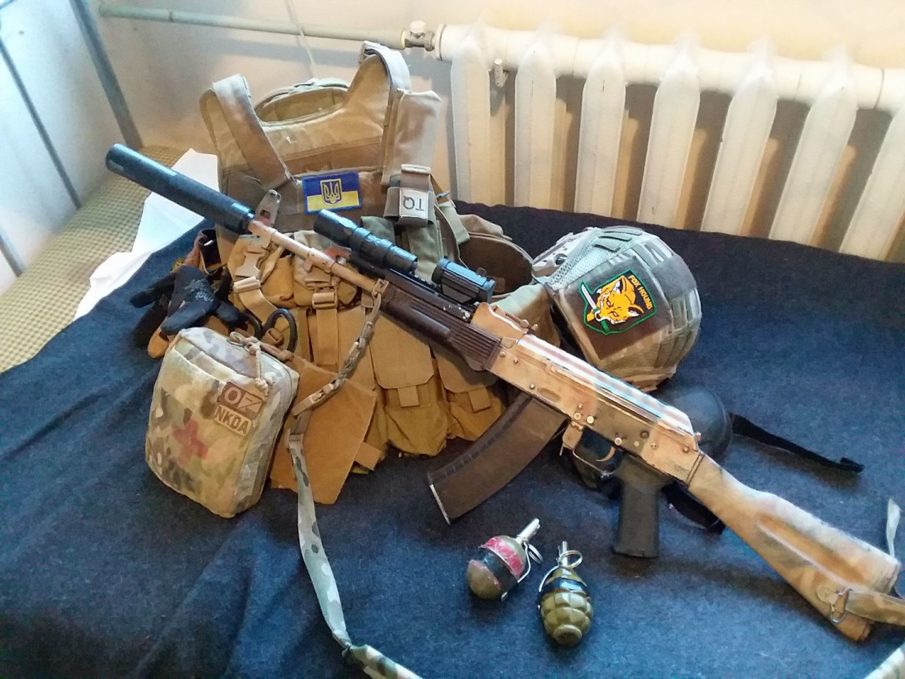Whether you’re running a chest rig or a plate carrier, there are some key features or additions that are going to remain requirements no matter what. I will readily admit that not everyone has the same needs for their gear but the following serves as a good rule of thumb. Magazines, communication, medical, and all other mission specific equipment should be prioritized based on relevance or need. Organizing your rig based off this methodology will cater to efficient shooting and fighting while wearing your kit.
Magazines and their placement, for obvious reasons, is a priority to setting up a rig for gun-fighting. I personally keep my magazines upfront on my center line. This enables easy access under stressful conditions, which is generally the conditions under which a combat reload is performed. The style of magazine pouch employed here is entirely user dependent and there are a million variations available. What matters is that the pouches effectively retain the individual magazine while still allowing for an efficient extraction.
Medical equipment, often in the form of an IFAK (Individual First Aid Kit), is almost as important as magazine placement. That being said I prefer to keep my IFAK somewhere accessible to either hand and apply the same philosophy for my tourniquet; I keep a second tourniquet on my primary weapons stock as well. Having immediate access to your individual medical equipment is important because if a severe injuring occurs during a fight, you will be responsible for providing a solution. As a general rule, if an injury occurs during a gunfight it’s the teams responsibility to finish the fight before rendering aid; thus preventing more casualties.
Communication is key to working with a team in an austere environment. Having a reliable radio and placing it somewhere that you can reach it is always a good idea. I use a PTT (push to talk) and a headset, while I still maintain easy access to the radio itself the placement of the PTT is far more relevant given its purpose. I always recommend employing quality comms gear that makes use of encryption, ideally, or frequency hopping, at a minimum. To drive all of this home the saying is, “Shoot, move, communicate.”
After all this, comes any other mission essential gear that is an absolute must. Mission specific items such as grenades or miscellaneous tools that see routine use belong in this category. A water source of some kind my belong on your kit but again that is situation dependent. The big thing for determining whether or not these items belong is to ask yourself, “What is the rig for?” Some items I almost always keep on my chest rig or plate carrier are a knife of some kind (almost always a fixed blade), a multi-tool, a notepad and pen, etc. Things that I use regularly, regardless of the role I’m filling.
It’s up to you really, but keep it practical and use common sense when setting up your kit. A good way to figure out what works, if your experience is limited, is to get on Google and look at kit pictures. Whatever you see that shares a commonality with most setups despite their mission is probably a safe bet. Remember to train with your gear too. If you don’t familiarize yourself with it, you will be clumsy when trying to access stuff under stress. Lastly, don’t be the guy who needlessly fills out space on a rig with stuff you don’t use; it’s okay though, we’ve all been there.
Picture courtesy of the author
Already have an account? Sign In
Two ways to continue to read this article.
Subscribe
$1.99
every 4 weeks
- Unlimited access to all articles
- Support independent journalism
- Ad-free reading experience
Subscribe Now
Recurring Monthly. Cancel Anytime.









